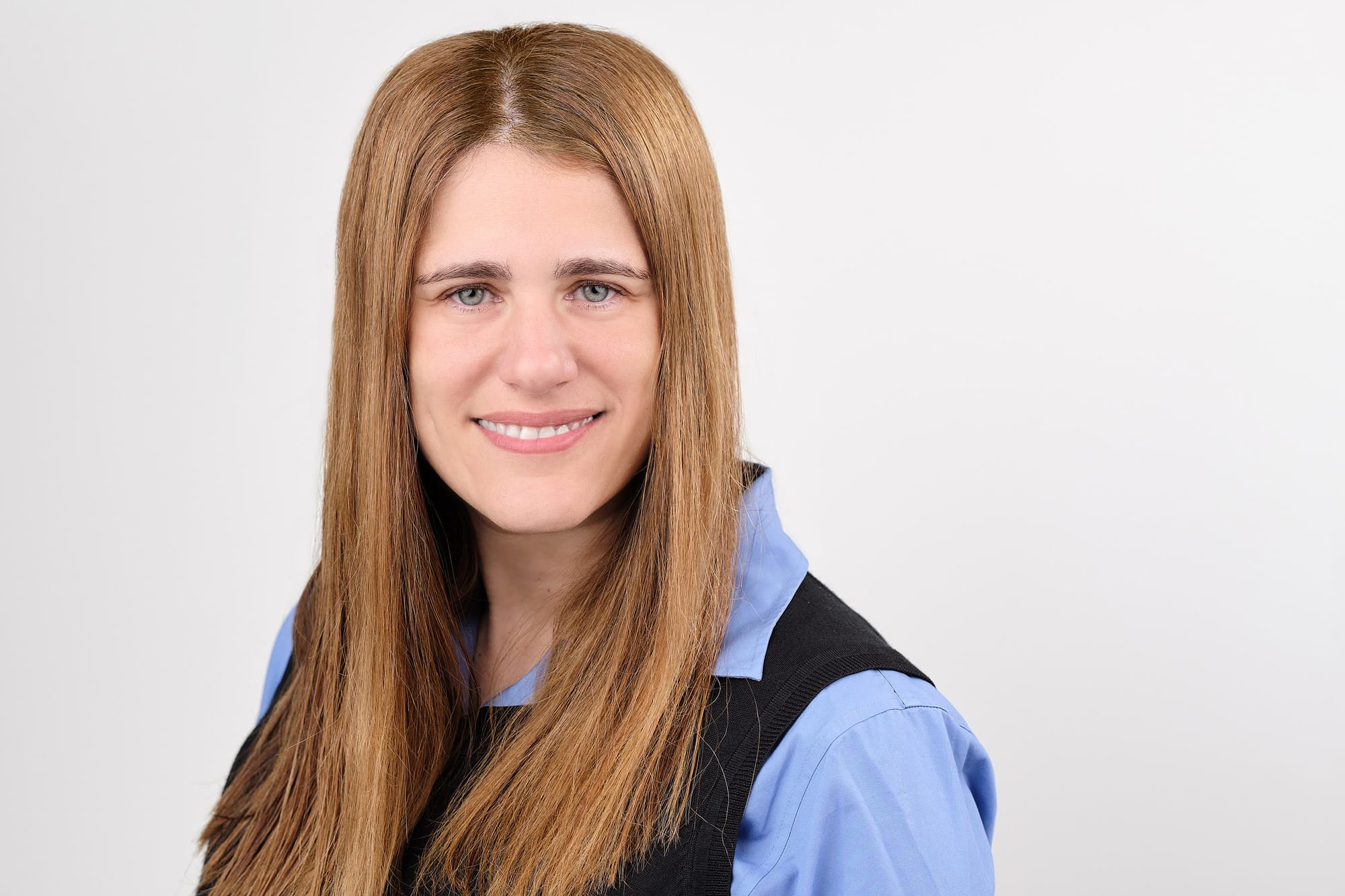Three years after the pandemic threw supply chains globally into turmoil, Cisco continues to face supply constraints and expects to end its financial year in three months with roughly double its normal backlog.
That’s according to Cisco CEO Chuck Robbins, as the networking and switchgear firm reported record quarterly revenue late May 17 of $14.6 billion and net income of $3.2 billion; growth he ascribed to deferred demand.
“The biggest factor driving the growth for this year is the huge amount of demand we've had from our customers that's been sitting in backlog as we've worked our way through some of the supply issues,” he said.
Five key priorities
Pointing to new product releases like March's 800G, its acquisition of Valtix, a cloud-native firewall provider, and intent to acquire Smartlook and Lightspin -- respectively a user behaviour monitoring and cloud security posture management provider -- the CEO added that Cisco was moving fast to respond to shifting customer demands.
"Every customer on the planet basically has five key priorities that we actually align to.
"They're rearchitecting for this multi-cloud world. They're trying to figure out hybrid work. They're rebuilding their entire application strategy and rearchitecting their applications. They're rebuilding their cyber footprint because of the distributed nature of what they're doing now. And they're focused on sustainability.”
“Our technology plays across all of those very important areas” he said.
Returning to the supply chain challenges that dogged the company throughout 2021 and 2022 and wich forced Cisco to put out a placatory note to frustrated customers and partners on the issue in late 2022, Robbins told analysts: “I think the team has done a really nice job ensuring we have supply to continue to work our way through the backlog and, at the same time, minimizing the risk that we have too much inventory.”
“[There’s been] a lot of hard work from both the engineering team and the supply chain team, to free up some of the component supply issues that we've had... There's still supply constraints. We think we end the year with still roughly double what our normal backlog would be. But we've made great strides on that front.”
Cisco hit by social engineering breach. CISOs, pay heed to MFA bypass
Discussing the outlook for Cisco – which reported double-digit growth in both software and subscription revenue – Robbins said that the demand on cloud hyperscalers and enterprises from increased AI workloads was a significant tailwind for the company as customers built out networks capable of handling the demand.
He said on the earnings call: “[When] you think about AI, I think it's important to understand the underlying technology. Today, what's largely used is InfiniBand. And we see that the… web-scalers have a desire to move to Ethernet and then further to this new technology that we actually have out called scheduled fabric…”
(Robbins was referring to a progressive shift towards more software-defined networks in data centres with devices that can flexibly assign ports to be generic ethernet or a fully scheduled fabric – or the mesh of connections between network devices such as access points, switches, and routers that transports data to its destination; "fabric" being a “virtualised, automated lattice of overlay connections” on top of the physical topology.)
“If you think about where we were at the beginning of the web-scale buildout a decade ago, I said many times on these calls, we were not prepared and we got left out. And I would say this time, for this AI infrastructure from a networking perspective, I believe we are better positioned than anybody else. And our teams have done a great job getting us into this position, and we see that as a massive opportunity.”
Following the stronger-than-expected results, Cisco raised its full-year earnings and sales forecast. Full-year revenue is expected to rise between 10% and 10.5% year-over-year, up from a prior range of 9% to 10.5%.









